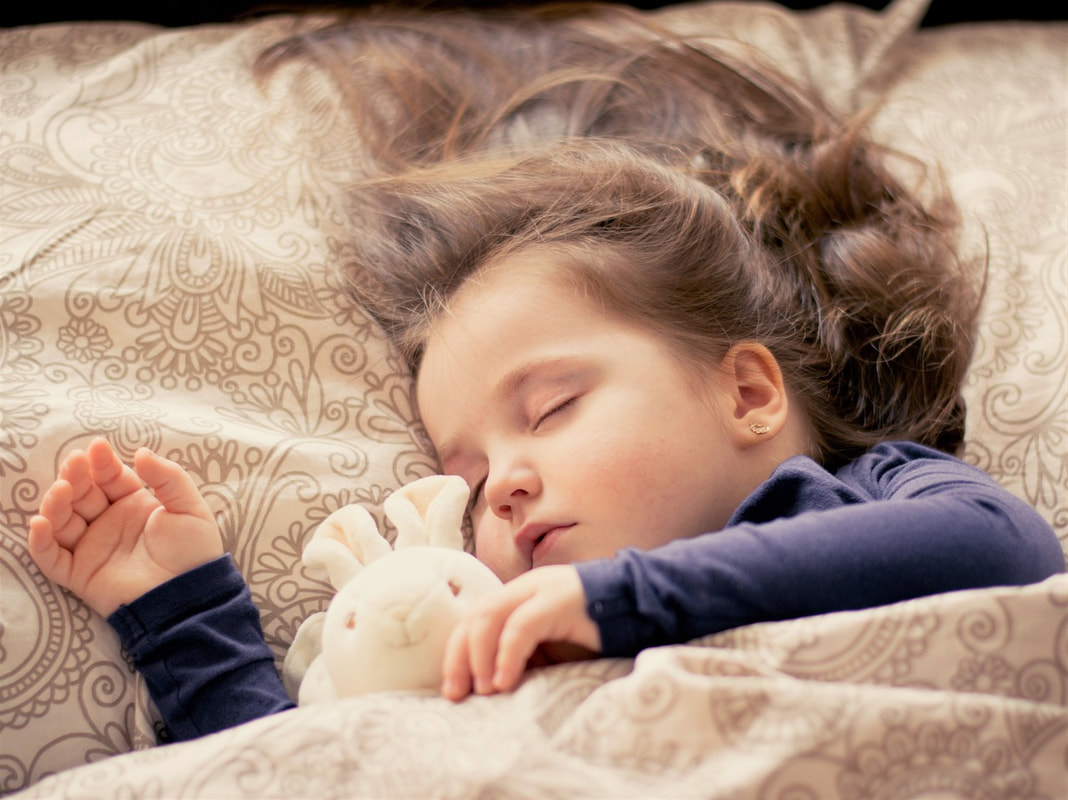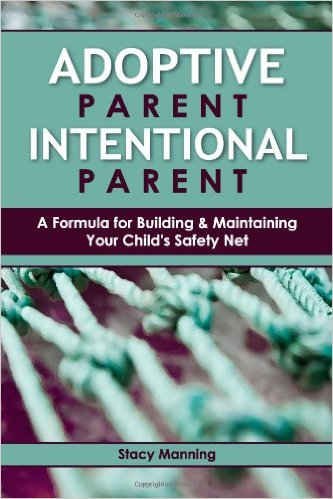|
At the end of the day, we all want a good night's sleep. But ask any parent dealing with bedtime battles and you'll find it's not always happening. Putting some things in place that will help calm your adopted or foster child at night to stop bedtime battles is a WIN-WIN. More sleep for you, more sleep for your child. Nighttime can be hard for children. For a child who has experienced. trauma and the deep loss of losing a biological parent, it can be even harder. Even scarier. Studies are looking at sleep issues in adopted and foster children. Research aside, what parents are looking for is ending those bedtime battles and getting their children and themselves a good night’s sleep. Getting Bedtime Battles Out of the WayWhen you're dealing with bedtime and sleep for an adopted or foster child, attachment needs to be the focus. Without secure attachment, your child can "lose" you at night. Using strategies that not only help with sleep, but at the same time can help with attachment and building strong connections, can make a big difference - both at nighttime and your relationship. 7 Strategies to Help Your Child Sleep1. Start with a good bedtime routine. A good bedtime routine, one that is calm, predictable, and positive, will help make it a smoother transition. Try to be as consistent as possible…same routine at the same time each night. That doesn’t mean it has to be long, or elaborate. Simple works great; the key is CONSISTENT! 2. Make sure your child goes to bed with a full tummy Adopted and Foster children often worry about food. Will they have enough? What if they don’t get breakfast in the morning? Sending your child to bed with a full tummy can reduce his or her anxiety. Give your child a warm, filling bedtime snack. Try a cup of “sweetie milk” – a cup of warm milk with a dash of cinnamon and sugar. Another way to assure your child around food issues is to let him know at night what’s for breakfast in the morning. “Tomorrow, we are going to have pancakes for breakfast.” It's all about building a safety net for your child. 3. Sensory input of YOU Adopted and Foster Children often lack the permanence needed to “hold” onto their parents, especially when nighttime anxiety kicks in. Some ways to help your child…put a photo of you and your child near their bed. Send your scent with them by using a pillow case you slept on as their pillow case – BEFORE you wash it. That way it has your scent on it while they sleep. Just think...you're working on attachment and connection with your child while you are sleeping. Now, that's a bonus, don't you think? 4. Use a Weighted Blanket or Compression Blanket Weighted blankets are “grounding”, and can really have a calming effect on children. What’s a weighted blanket? Basically, they are blankets filled with tiny pellets or woven into the fabric. The weight gets distributed across the body. Think of it kind of like a big bear hug. For lots of children, and adults, this can have a very calming effect. We like this one for children. Make sure you get the right heaviness for your child. We recently discovered an alternative to a weighted blankets that we are excited to try. Compression Blankets or also known as hug sheets. Here's one that's on our list to get. 5. Keep your child’s bedroom door open, if possible. Again, lack of permanence comes into play here. While this isn’t possible for all children, it can help your child hear you…and keep you “alive”. When new parents bring home their newborn, they often try to keep the house as quiet as possible when the little one is sleeping. For adopted and foster kiddos, they often need to hear mom and dad to assure they are still there. Hearing mom and dad assures them they did not abandoned. It assures them they are not all alone. 6. White noise machine White noise machines are a good option, especially for kiddos who wake up in the middle of the night. The rhythmic noise can be very soothing, and really be helpful for a child who is hyper-vigilant and listening for every little sound during the night. When you are on high alert, sleep and rest are a huge challenge. "I am a true believer [of white noise]," says psychiatrist David Neubauer, associate director of the Johns Hopkins Hospital Sleep Disorders Center. "I sleep with white noise myself. While most of the evidence showing that these machines help people sleep is anecdotal, we know they provide a kind of ‘sound cocoon,’ which is very soothing. When it’s completely quiet, people with insomnia or other sleep difficulties focus more closely on small noises, which can interfere with their getting to sleep." There are a lot of options for white noise machines on the market, but the one we like best is the Hatch. It’s not only a white noise machine, it acts as a night light, time to rise signal, and alarm clock. 7. Focus on ways that strengthen your child's attachment Secure attachment doesn't just happen when a child becomes part of your family. It takes time. It takes intention. Sleep can be an issue when a child lacks a strong, secure attachment. When you focus on strengthening that, during the day and at bedtime, you will have the best chance at ending bedtime battles. Note - links above are affiliated links. We get a small kickback for purchases made when using those links. Thanks...we appreciate it!!
0 Comments
Leave a Reply. |
Categories
All
Archives
February 2020
|







 RSS Feed
RSS Feed